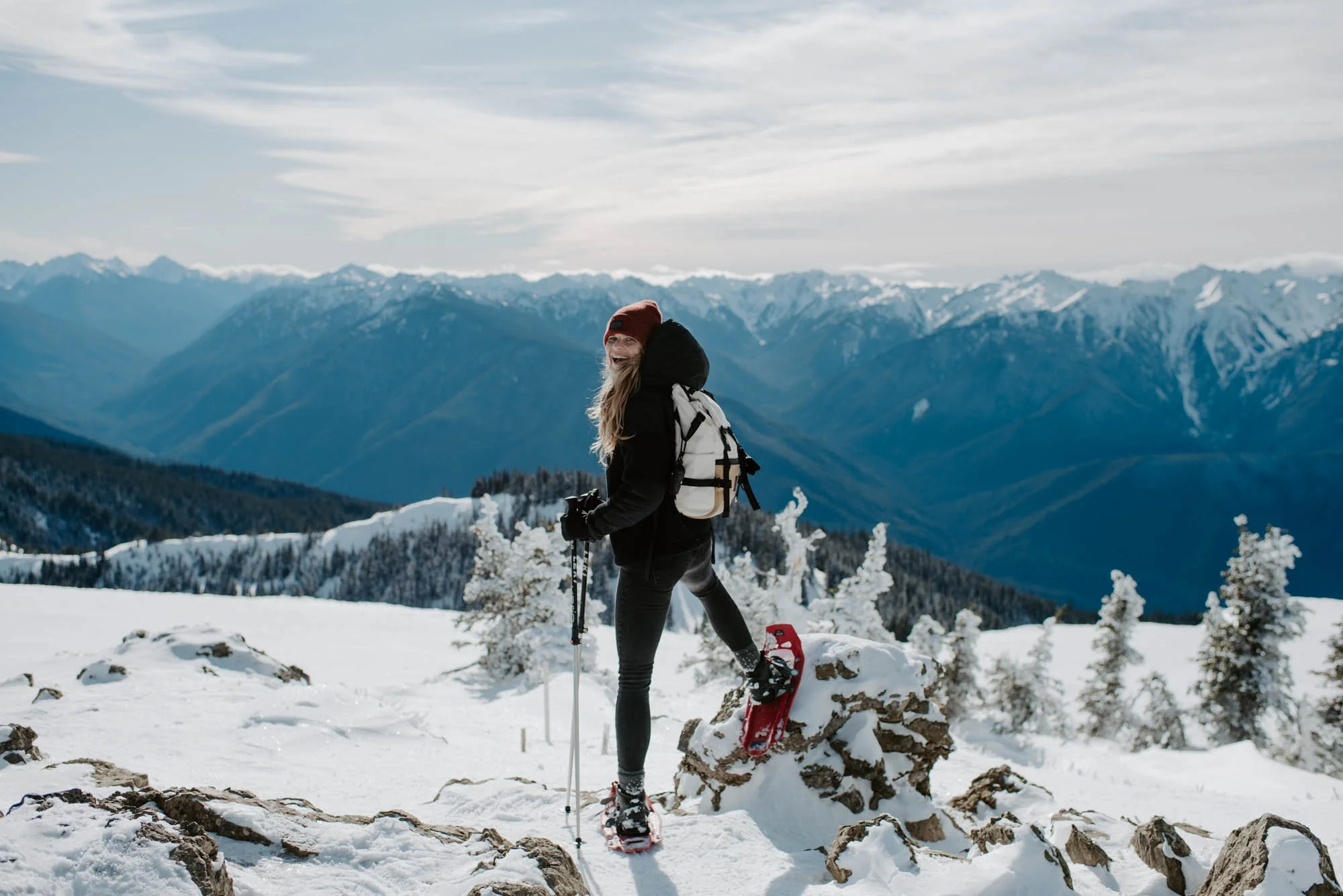the mountains are calling
A nonprofit’s mission to make winter sports accessible for all
Words by Jennifer Hemmingsen
Sky Frost of Poulsbo explores Hurricane Ridge with Olympic Hiking Co., an outdoor outfitter and tour company in Port Angeles. (Photo: Nora Phillips)
You won’t find fine dining or heated gondolas at the Hurricane Ridge Ski and Snowboard Area. It’s only open on weekends. One of the tow ropes has a bit of a kick.
But for all its quirks, the ski and snowboard spot on the north side of Olympic National Park, about an hour’s drive from Port Angeles, is no-frills skiing at its best.
There’s the breathtaking view from 5,242 feet, the cheery camaraderie as people gear up in the tiny parking lot. The chatter of kids shifting skis from french fry to pizza formation, swooshing, whooping and sometimes wiping out. More experienced skiers mingle with beginners taking tentative runs down the bunny hill. This is snow sport for the love of it. There is no judgment here.
January marks the 65th year for skiing at Hurricane Ridge, one of only two remaining public lift operations in the National Parks system. It’s run by a loyal nonprofit group devoted to making skiing accessible and affordable to everyone.
“This is how America learned to ski,” says Hurricane Ridge Winter Sports Club President Emma Logan. “It’s a very simple, original type of ski area. It’s very community-centered, kind of like your neigh- borhood ski hill.”
Logan said it reminds her a bit of the small ski area her grandpa ran when she was a child back in Maine: laid back and friendly, a place for kids to learn the basics and cultivate a passion for winter sports. Small, independent resorts were the norm in Washington when the ski area opened in 1958, shortly after the two-lane road to Hurricane Ridge was completed. The runs were fitted with two rope tows relocated from Deer Park—the Olympics’ first ski area—including an old Hercules motor that stayed in service until 1998, according to Winter Sports Club board member Roger Oakes.
The heavy snowfall caused by moist air rolling in from the Pacific Ocean made the newly accessible ridge an ideal ski spot, Oakes wrote in his book, Skiing in Olympic National Park. The book chronicles the history of the Deer Park and Hurricane Ridge operations. Leo White, then president of the Port Angeles Cham- ber of Commerce, built the Deer Park ski lift in 1936 and taught ski lessons at both locations, Oakes wrote. The ski and snowboard area changed hands a few times before the club took over in 1986.
“There are a few people that do an awful lot, and I think a lot of people don’t know that,” Logan says. “The whole ski area entity is run by a small handful of very dedicated volunteers.”
As president, Logan works with the other volunteer board members to ensure everything runs smoothly, including ski and snowboard lessons, three lifts, and sledding and tubing hills. An essential part of her job is making sure the club’s got the financial resources to keep the ski area and ski school running.
Club leaders established a 501c3 foundation, which holds a fundraising dinner each November to fund scholarships and other youth programs. The volunteer ski patrol, alone, puts in hundreds of volunteer hours each year.
Most skiers learn as kids, taught by parents who also started young, says club spokeswoman Danielle Lawrence. Lawrence grew up in Port Angeles and started skiing at Hurricane Ridge when she was five.
But as commercial resorts get more expensive, it’s harder for parents to afford ski vacations. Season passes can cost $1,000 or more per person at resorts like Crystal Mountain or Mt. Baker. A little more than half that amount will buy you a season pass for the whole family at Hurricane Ridge. The club partners with Indy Pass, giving pass holders two days at more than 100 independent ski resorts.
The club also offers free lift tickets for 4th and 5th graders and partners with groups like the local Boys & Girls Club to introduce the sport to more young people.
“A lot of these kids have never been up to Hurricane Ridge in the winter,” says Lawrence. That won't be for long if Lawrence, Logan and the scores of ski club volunteers have anything to say about it.
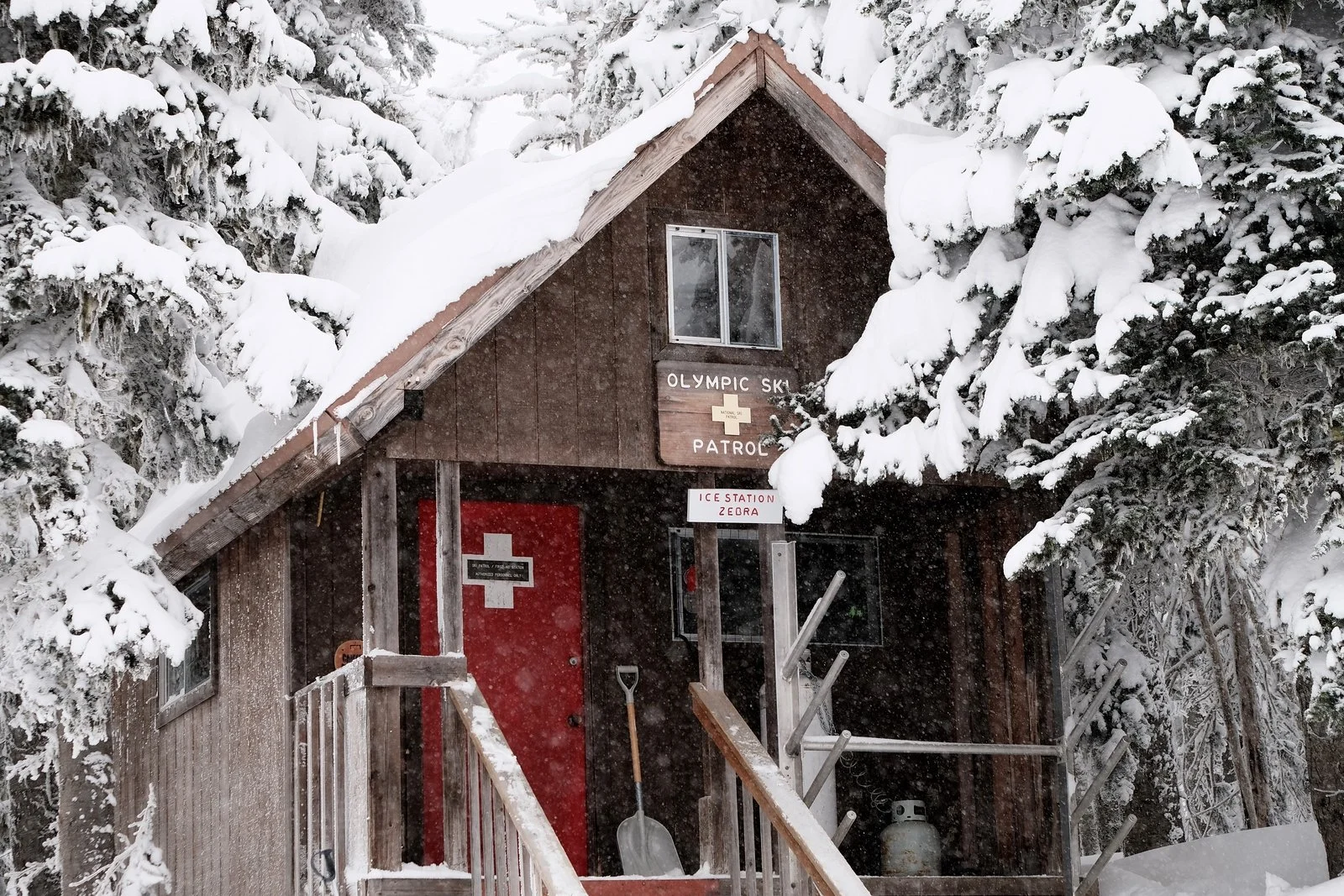
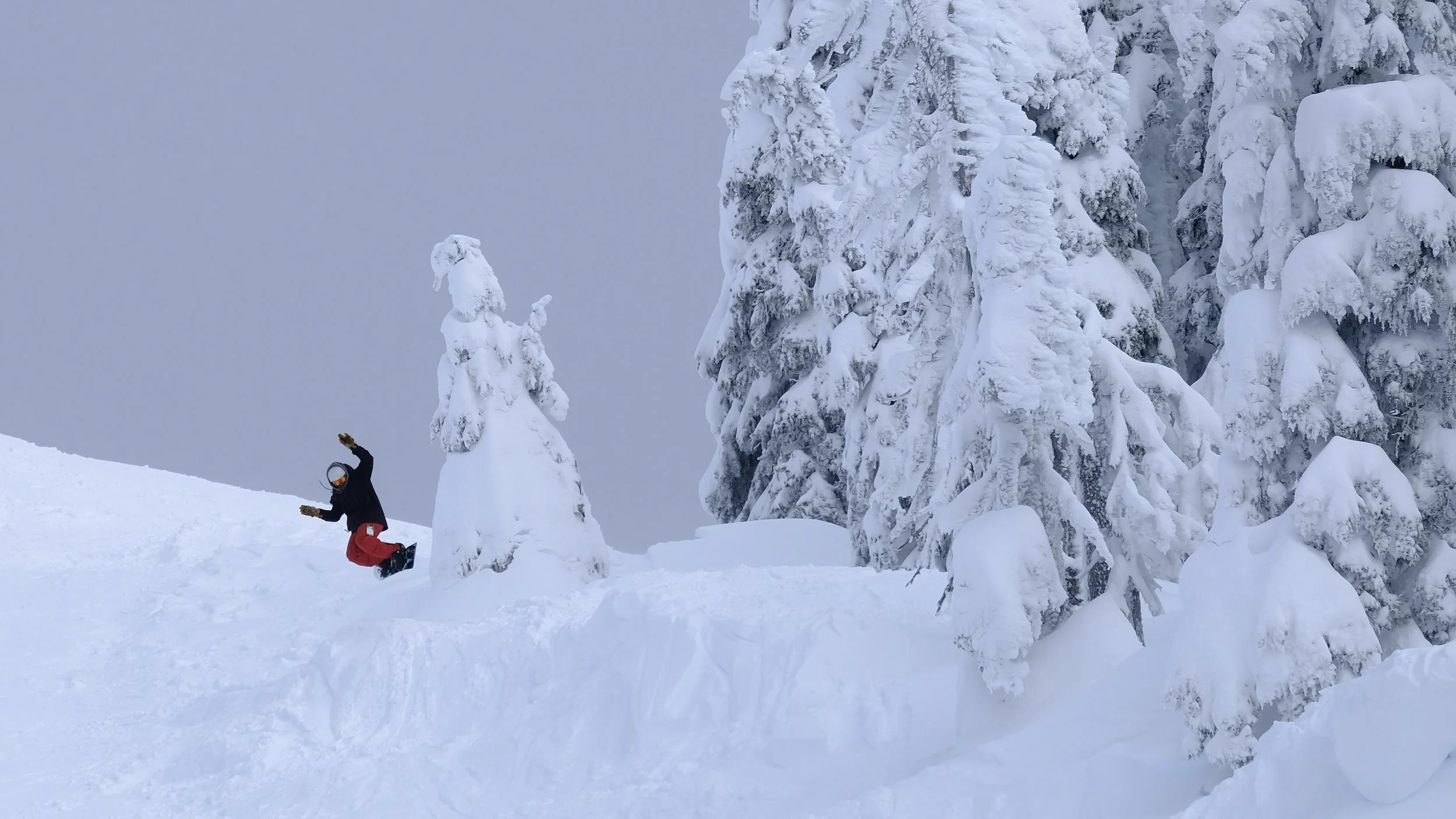

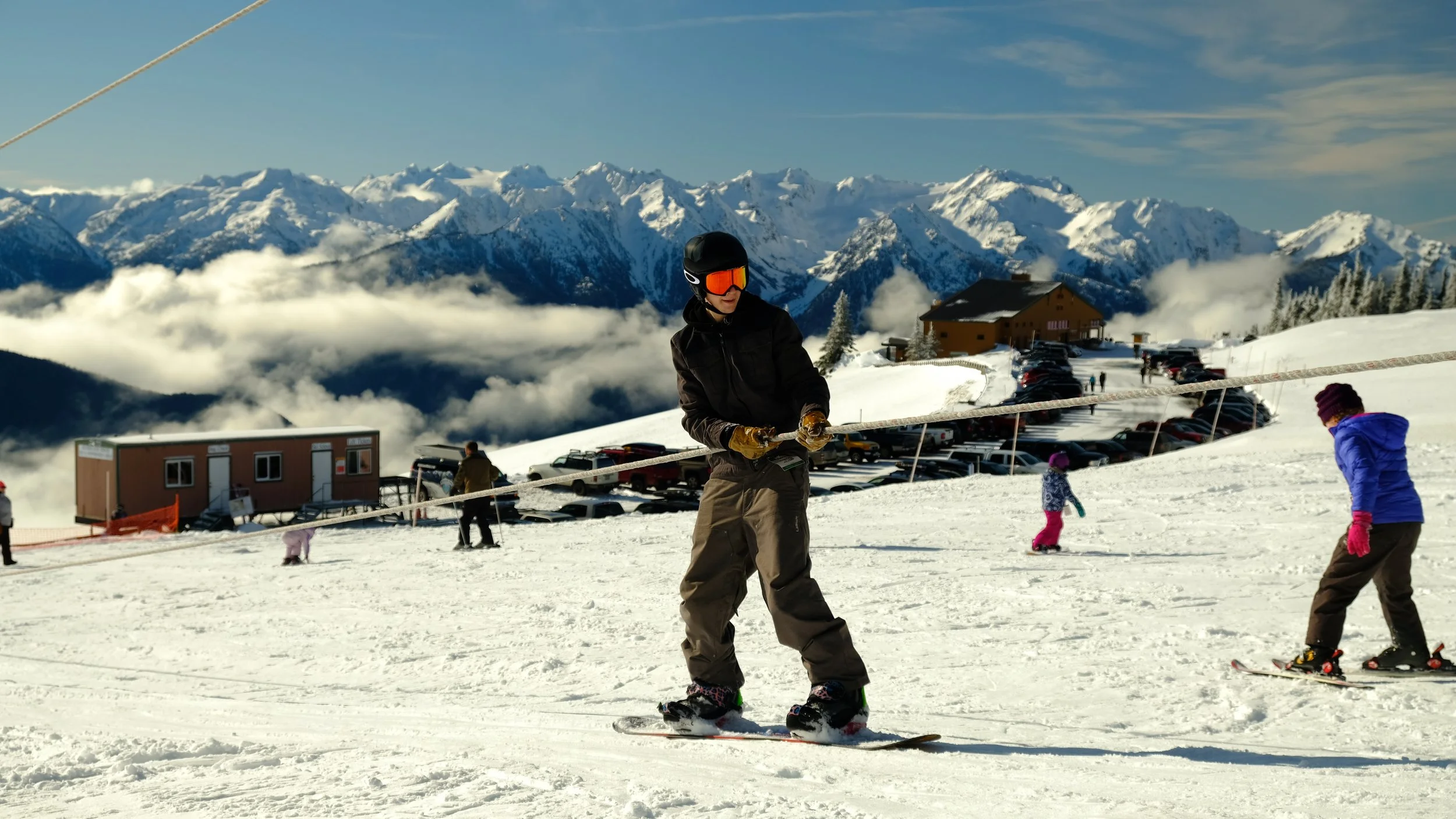


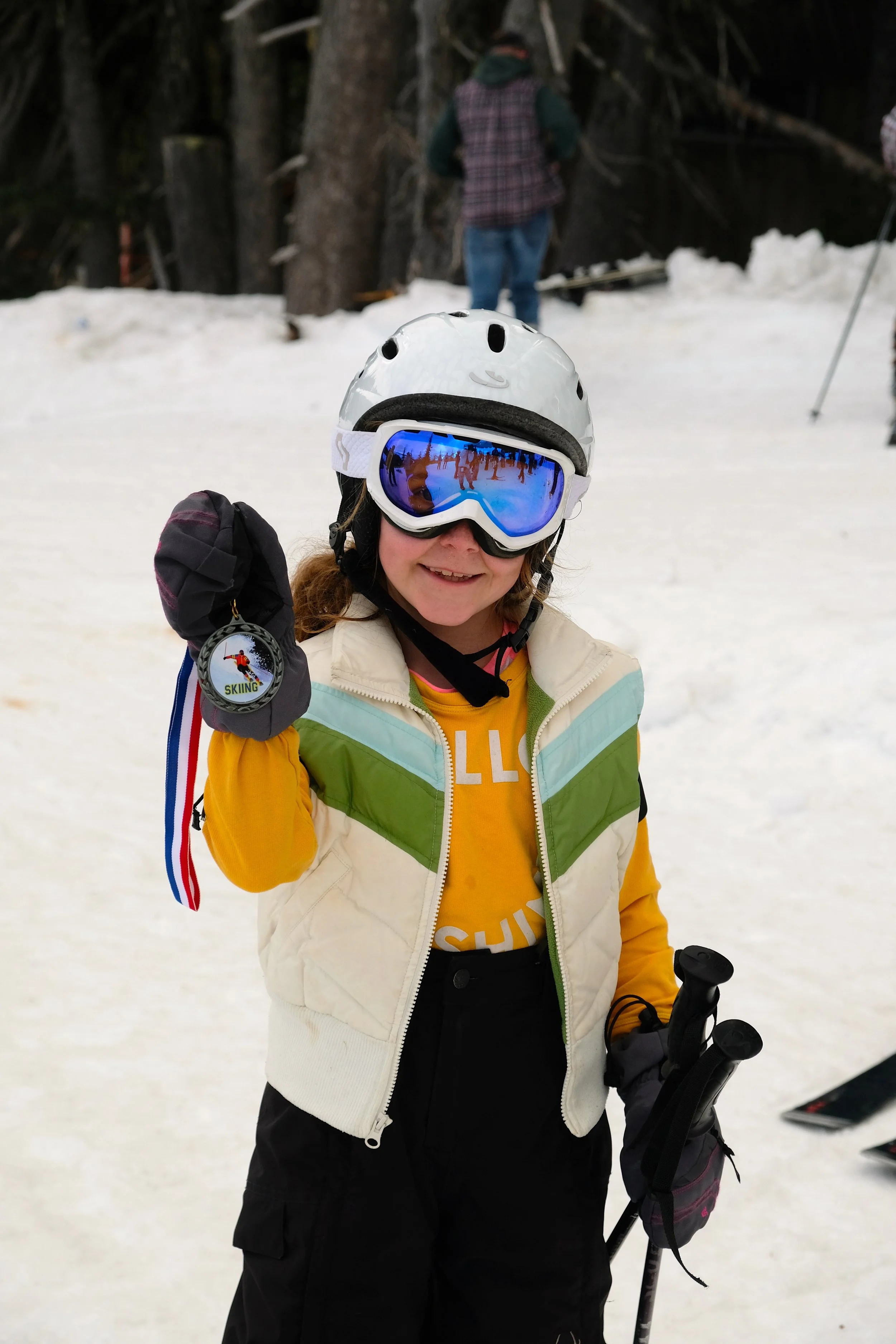
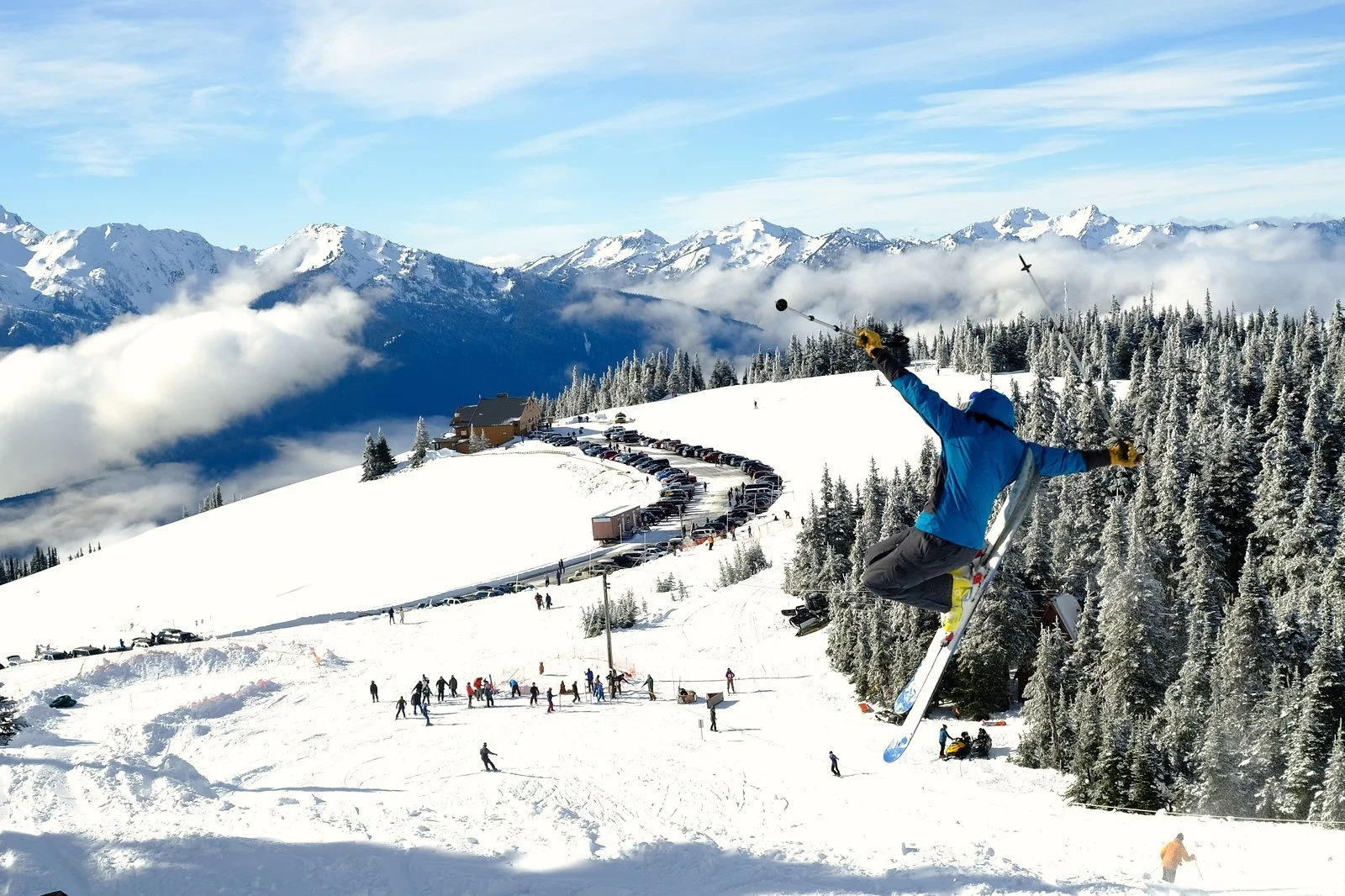
Photos: Greg Birch
If you go ...
Newcomers of all ages should familiarize themselves with the ins-and-outs of this family-friendly ski area. Find information about schedules, lessons and lift tickets at hurricaneridge.com. The website also includes webcam footage for a real-time peek into weather conditions (and empty spaces in the parking lot).The ski and snowboard area is open weekends, the week between Christmas and New Year’s and holiday Mondays. Enter Hurricane Ridge Road at the Heart O’ the Hills entrance station (you’ll have to pay National Park entrance fees or use a pass). The road is usually open around 9 a.m., but could be early or late, weather depending. If it’s a beautiful day, plan on getting there at opening to guarantee you’ll have space to park. Lifts run from 10 a.m. to 4 p.m.
If the parking lot is full, you can visit nearby Port Angeles and try again around midday. Hurricane Ridge Road is closed to uphill traffic at 4 p.m., but visitors have until 5 p.m. to exit the park. Don’t forget to pack tire chains, just in case.
The Ridge can close without notice due to inclement weather. For road conditions, closures, chain requirements and traffic updates, check the Olympic National Park Twitter feed @HRWinterAccess and the Hurricane Ridge Facebook page or call the road report at (360) 565-3131 before your travel. For additional info, visit nps.gov/olym.

